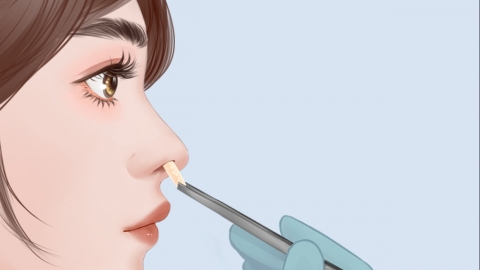Is expanded polytetrafluoroethylene (ePTFE) rhinoplasty good?
Generally speaking, expanded polytetrafluoroethylene (ePTFE) rhinoplasty refers to the surgical procedure of nasal augmentation using ePTFE implants. ePTFE rhinoplasty is usually considered a favorable option. This procedure changes the nasal bone and soft tissue framework by implanting prosthetic materials, thereby increasing nasal height and improving nasal contour. The typical reference price for ePTFE rhinoplasty is 2000-10000 yuan per session. Improvement is usually noticeable within 1-3 months after surgery, although symptoms such as redness, swelling, and infection may occur. A detailed explanation is as follows:

The texture and tactile feel of the ePTFE material used in rhinoplasty closely resemble those of normal nasal tissue, resulting in a natural appearance after surgery with minimal visible signs of the procedure. The microporous structure of the ePTFE material facilitates the ingrowth of the patient's own tissue, allowing for a tight integration between the implant and surrounding tissues, thereby reducing the risk of displacement and light transmission, and further enhancing the natural aesthetic outcome. Additionally, ePTFE material is non-toxic, non-carcinogenic, non-allergenic, and biocompatible, minimizing the risk of rejection reactions. This reduces the likelihood of postoperative complications and allows for faster recovery. However, compared to materials such as silicone, ePTFE is more expensive, making the overall cost of the rhinoplasty procedure relatively higher, which may impose financial pressure on patients.
When considering ePTFE rhinoplasty, patients should fully understand the risks and expected outcomes of the surgery and make decisions under the guidance of a physician. It is also crucial to choose a reputable plastic surgery facility and an experienced surgeon to perform the procedure.








